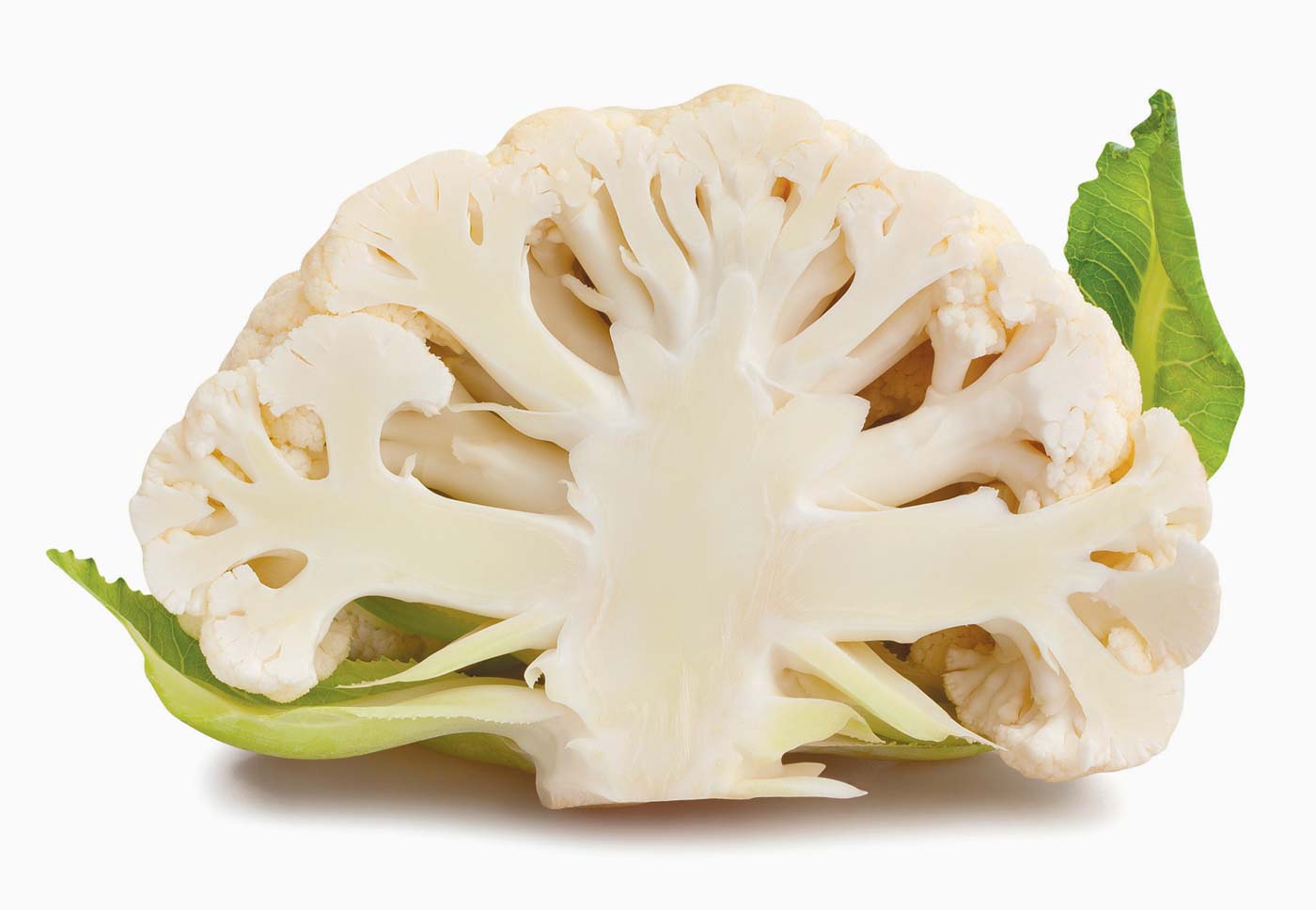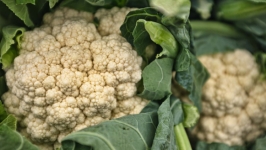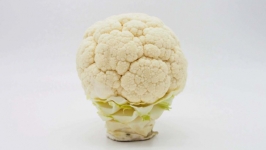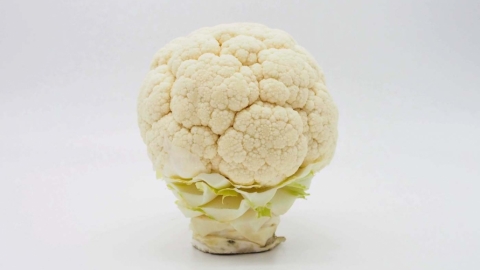Cauliflower
Cauliflower is one of nature’s most versatile vegetables. Eaten raw, roasted, grilled, sautéed, or steamed, it makes a great snack, side dish, or entrée and comes packed with a healthy punch of vitamins and nutrients, too. Fortunately, cauliflower is grown throughout New Jersey and will be easily available at farmers’ market tables this season. Be sure to add it to your fall repertoire.
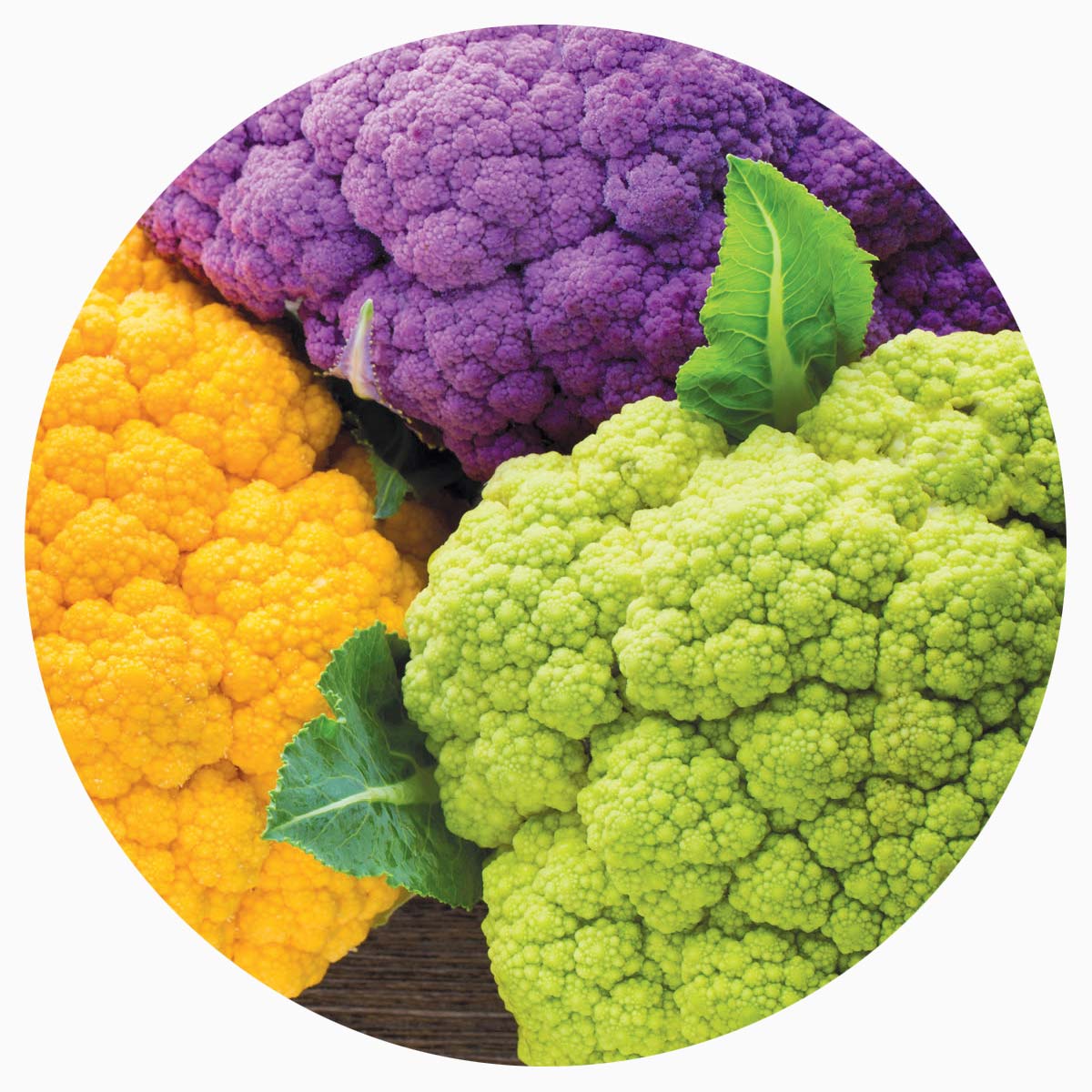
Why the Colors?
Purple, orange, and green varieties of cauliflower have become increasingly popular over the past decade. They are not dyed! The purple color comes from the presence of the naturally occurring antioxidant anthocyanin, also found in red cabbage and red wine. The orange is from a genetic variety developed in the 1970s that allows the plant to hold more beta carotene. Green also contains more beta carotene than white cauliflower and represents a hybrid of cauliflower and broccoli.
season:
September through November is peak season for cauliflower in the Garden State.
at the market:
Look for large, firm cauliflower with a heavy weight and bright green leaves. Head should be creamy white in color, and florets should be compact and tightly packed.
grow:
Direct seed, sowing seeds ¼ - ½ inch deep in well-draining soil. Full sun. Keep soil moist but not soggy. When head is close to tennis ball size, consider blanching (bend green outer leaves over the head and secure leaves in place with twine) to protect the plant from sun and maintain its creamy white color.
pick:
Harvest cauliflower when heads are six inches or more across but before florets begin to separate. Cut from plant using a large knife, keeping at least one set of leaves to protect head.
store:
Cauliflower must be refrigerated. Wrap and store in crisper drawer, where it will remain fresh for several days.
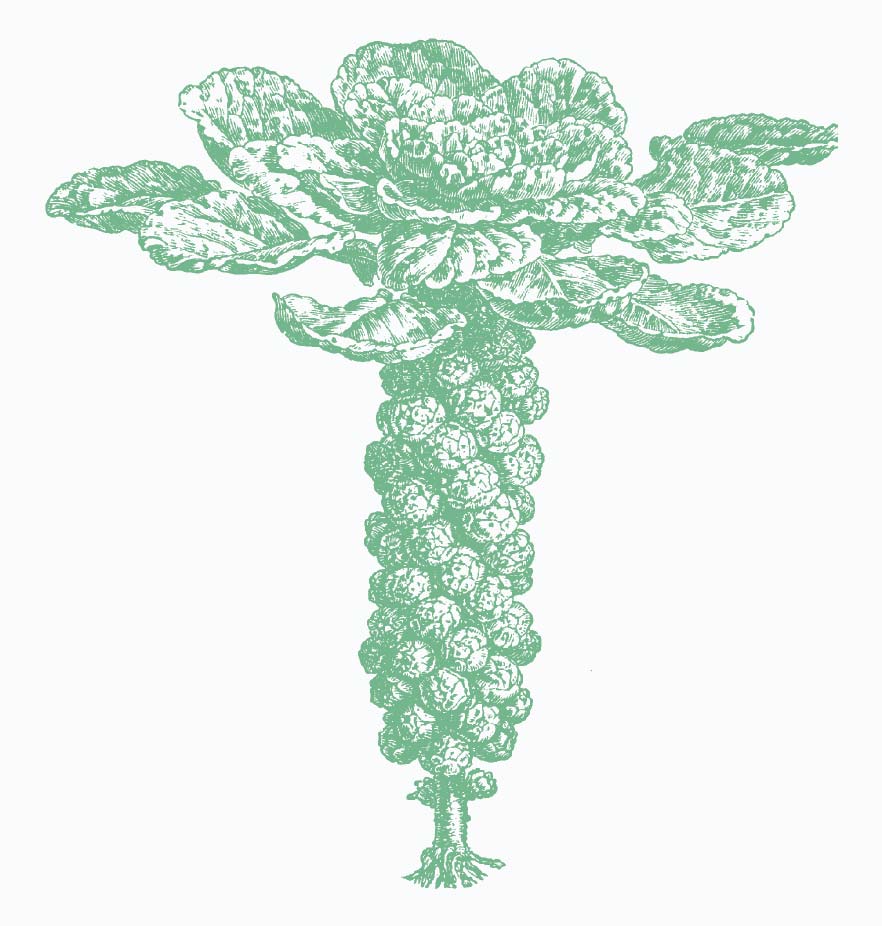
THAT'S RICE
Shredded or processed cauliflower florets and stems can serve as a low-carb alternative to rice. There is no need to cook cauliflower rice and, unlike rice, it should never be boiled. Serve raw or lightly sauté for a few minutes to add heat.
WE ARE FAMILY
Cauliflower is part of the Brassicaceae family—which includes broccoli, cabbage, Brussels sprouts, and kale— and is packed with dietary fiber, folate, and vitamin C.
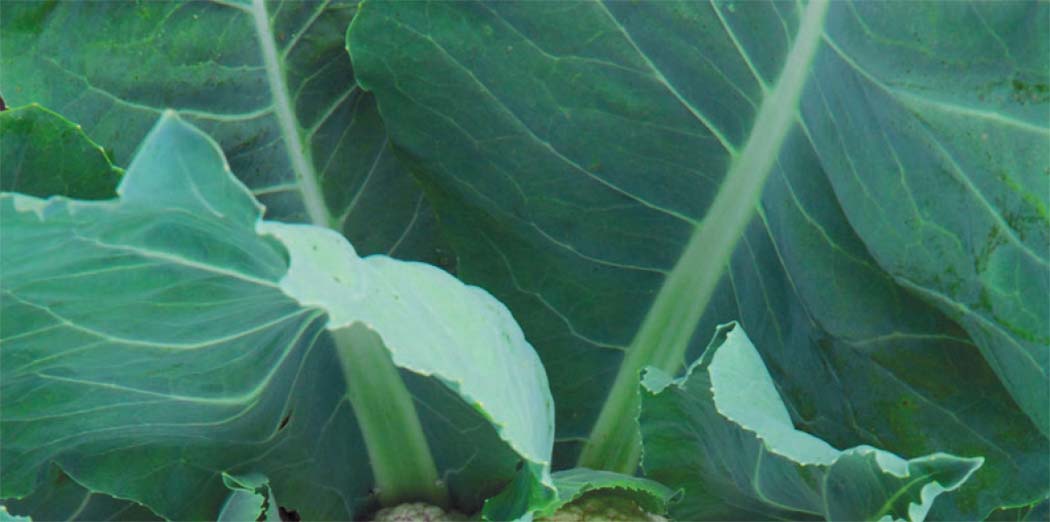
WASTE NOT
Don’t throw away those stems and leaves. They’re edible! Stems can be cut up and used alongside the florets. Leaves work well in salads or soup.


